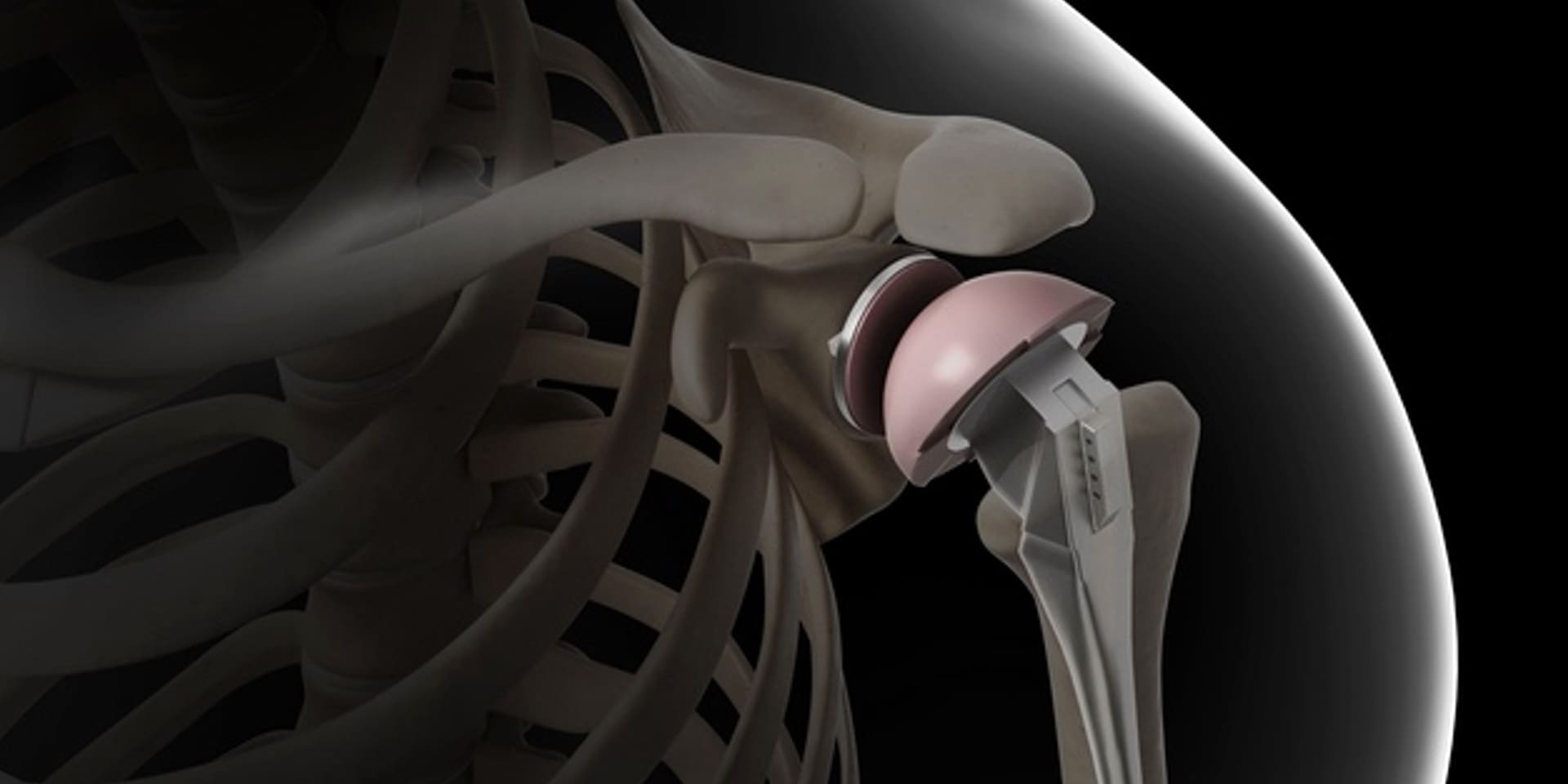The new in vitro diagnostic regulations (IVDR) that have been published in the official journal of the European community (OJEC) on 5th May 2017 will replace the existing in-vitro diagnostic medical device directive (IVDD) and would be enforced from 26th May 2022. IVDR brings in substantial changes in place of directives that had directed the landscape earlier. Whilst the existing regulatory approach remains the same with respect to supervision of notified bodies, conformity assessment procedure, performance evaluation, performance studies, vigilance and market surveillance. These are significantly reinforced in the present regulation.
Though the transition period is five years, medical device companies should start the transitional activities since the risk-based classification defined in IVDR brings nearly 80% of devices in market under classification that needs notified body involvement. IVDR compliance is not one-time remediation activity that can be achieved immediately, as it involves changes in quality management system (QMS), classification of devices, technical documentation, product risk management, performance evaluation, clinical evidence, labeling, supplier management and post-market surveillance.
The key challenges that exist for the transition are:
Classification – The re-classification of devices that will bring more than 70% of the devices in the market under notified body assessment for the first time. Re-assessment of devices as per Annex I, II and III and compilation of technical documentation as per Annex II and III for all product lines becomes imperative and remediation needs substantial time and effort.
Clinical Evidence – Increase in clinical testing requirements for new and legacy devices. Also due to re-classification, the devices that does not require this data previously have come under the purview of this requirement now.
Supplier management – Control over the suppliers / subcontractors / entire supply chain becomes critical and the existing contractual agreement with all stakeholders has to be revisited to ensure the new requirements are met.
UDI and EUDAMED – UDI and new data elements that have been introduced requires the manufacturers to not only deal with their product labels and IFU but also to have control over the labels of their importer (Article 13).
To reach the milestone of May 2022, manufacturers are expected to have their project management team aligned and prioritize their product portfolio at least by now if not completed yet. It requires extensive gap assessment of entire product portfolio, all quality management system (QMS) processes and remediation to effectively implement IVDR. It can be achieved only by defining the robust strategy and planning a coherent sequence of activities across cross-functional stakeholders.
At Cyient we have developed a pragmatic approach and solution kit for IVDR transition and compliance. A team of experts, at Cyient have developed a detailed gap assessment matrix for Annex I, Annex II, Annex III and Annex XIII including artefacts/templates that is needed for implementation. The QMS assessment matrix for IVDR is developed that links ISO 13485, TR 17223 and MDSAP, along with remediation templates. This provides a one stop solution for all the QMS requirements. The solution kit can be customized to any manufacturing unit based on the product line and complexity. It can be used for overall transition or to remediate an individual process or gap. For more details on the approach and solution kit please contact us.













Let Us Know What You Thought about this Post.
Put your Comment Below.